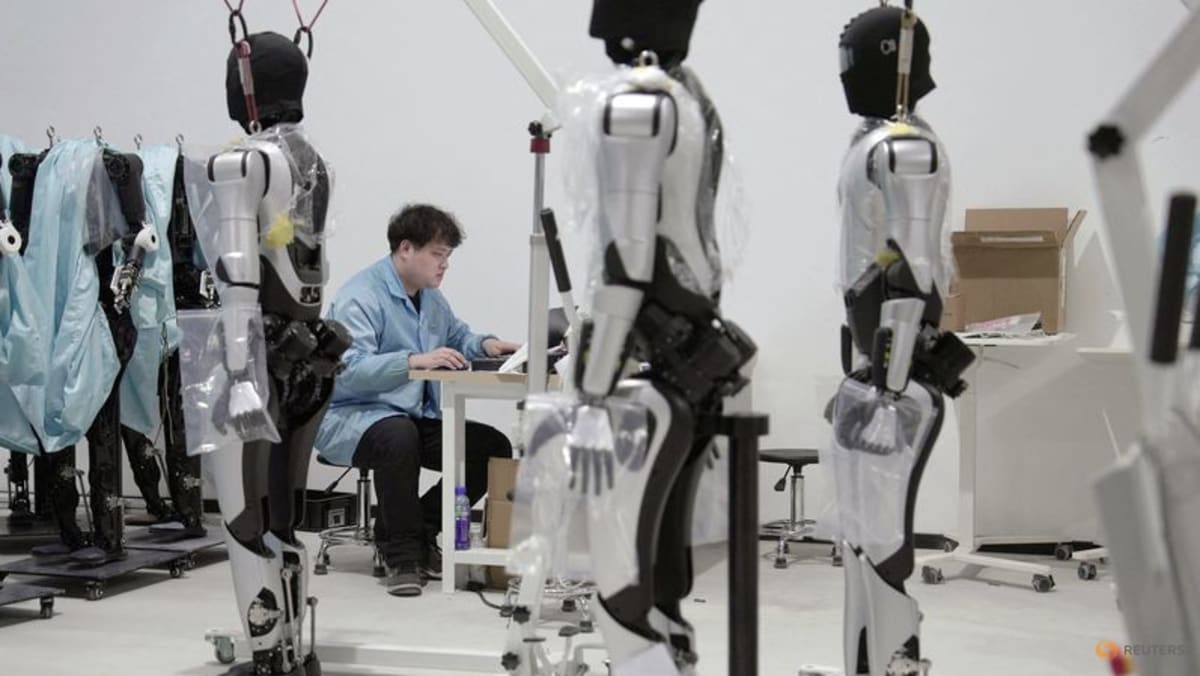China’s imports unexpectedly grow as demand makes cautious comeback

UNEVEN RECOVERY
The yuan and Chinese stocks fell following the data, which reinforced markets’ continued concerns about a fragile and uneven recovery.
China’s official purchasing managers’ index last week showed both new export and import orders shrank for an eighth consecutive month in October, suggesting manufacturers are struggling for buyers overseas and ordering fewer components.
“Since the global electronics market is on the rise, as affirmed by South Korea and Vietnam’s export performance, China’s poor export data points to weak demand in other categories, such as Christmas goods and garments,” said Xu Tianchen, senior economist at the Economist Intelligence Unit.
“The positive surprise on imports seems to reflect a firming up in domestic demand, rather than deriving from distortions caused by the one-time bulk buying of commodities,” he added.
China imported 13.52 per cent more crude oil in October from a year earlier, a marginal increase on September’s growth. Soybean imports jumped 25 per cent from a year earlier, as the surge in cheap and plentiful shipments from Brazil continued.
Trade with China’s major peers continued to contract, with exports to Southeast Asia, its largest trade partner, down 15.1 per cent.
Trade with Australia was the exception amid improving relations between Beijing and Canberra, cooling diplomatic tensions that had arisen in recent years over a host of issues including national security and COVID-19. China has in recent months lowered trade barriers on Australian barley and wine exports.
Exports to Australia rose 5.9 per cent in October while imports from the resource-rich nation climbed 12.0 per cent.
China’s higher imports narrowed the overall trade surplus to US$56.53 billion in October from US$77.71 billion in September, missing a forecast of US$82.00 billion.
Analysts say it is too early to tell whether recent policy support will be enough to shore up domestic demand, with property, unemployment and weak household and business confidence threatening to undermine a sustainable rebound.
China’s manufacturing activity unexpectedly contracted in October, data showed last week, complicating policymakers’ efforts to revive growth.
“Measures of foreign orders hint at a more significant drop in foreign demand than what has so far been observed in the customs data,” said Julian Evans-Pritchard, head of China Economics at Capital Economics.
“We expect most advanced economies to experience either mild recessions or weak GDP growth in the near-term, which will weigh on their demand for foreign goods.”
Source: CNA















